
At the Singapore National Eye Centre (SNEC), our staff is committed to improving the lives of people. This is why, for the past 17 years, SNEC has been conducting free community eye screenings aimed at preemptively detecting eye abnormalities and other eye diseases, as part of our ongoing preventive strategy to curb the rise of eye diseases in our community.
In Singapore, SNEC spearheads and organizes an annual National Eye Care Day aimed at promoting better awareness of common blinding conditions such as glaucoma, diabetic retinopathy, and age-related macular degeneration and educating the community regarding the fragility of vision and the importance of preventive eye care.
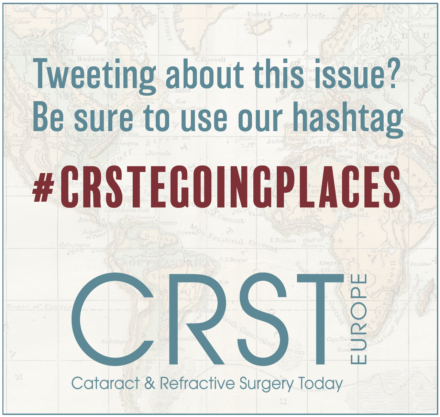
Our outreach efforts also include giving public talks, arranging exhibitions, and undertaking humanitarian efforts in neighboring countries.
RAISING THE STANDARD OF EYE CARE
The desire to care does not end at our doorstep but extends beyond our shores. Over the years, many SNEC staff members have worked in collaboration with nongovernmental organizations (NGOs) to reach out to neighboring less well-developed countries such as Indonesia, Myanmar, Cambodia, Vietnam, and Bangladesh, generously sharing knowledge, experience, and skills to help raise the standard of eye care in the region.
One such humanitarian effort is SNEC’s participation in the ongoing SingHealth outreach program to Myanmar, through which doctors and nurses are sent to the Kayin Chaung Station Hospital, located in a village in the Irrawaddy (or Ayeyarwady) River Delta, to conduct free eye screenings. At least once a year since 2013, SNEC personnel join a medical team from SingHealth to travel to this village hospital to provide screening, medical care, and treatment.
UPLIFTING LIVES
In January of this year, about 70 doctors, nurses, allied health professionals, and administrators from Singapore visited Kayin Chaung Station Hospital for a day to offer free eye care, as well as orthopedic, gynecologic, and cardiac consultations, to local patients.
When the team arrived at 9:30 am, after 1.5 hour bus and boat rides from Yangon, the hospital was alive with activity as villagers young and old patiently waited within the breezy halls of the well-kept, ochre-colored building (Figure 1). Some were there to have their eyes tested, others to have an electrocardiogram or to receive orthopedic advice.
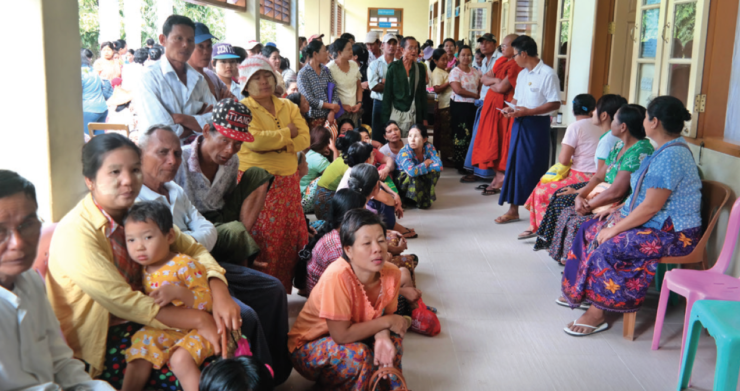
Figure 1. Patients queuing for eye checks.
Due to the unmet need for eye services in this Irrawaddy Delta village, more than 100 people with a variety of eye diseases attended that day. On this visit, in addition to myself, the SNEC team included Adjunct Associate Professor Edmund Wong, MBBS, MMed(Ophth), FRCS(Ed); Khin Ooi May, MBBS; Senior Staff Nurse Judy Anthony; Staff Nurse Leona Foo; and our coordinator, Daphne Khoo. Joined by two doctors from Yangon Eye Hospital, we conducted visual acuity tests and eye examinations for residents of the village of Kayin Chaung and neighboring villages (Figures 2–7).
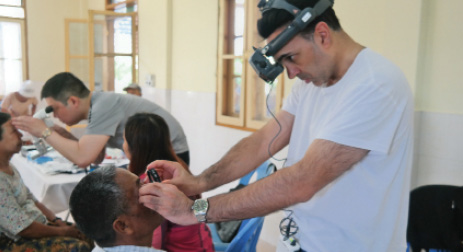
Figure 2. Eye screening conducted by the author for patients with varied eye diseases.
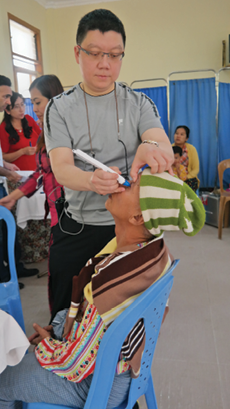
Figure 3. Professor Wong using a tonometer to check a patient’s IOP.
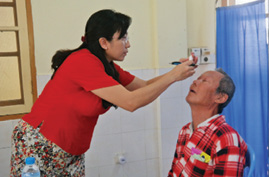
Figure 4. Dr. Khin administering eye drops to dilate a patient’s eye.

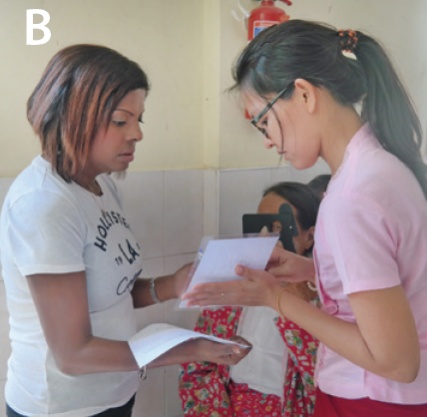
Figure 5. SNEC nurses, with the help of interpreters, assessing visual acuity for patients (A,B).
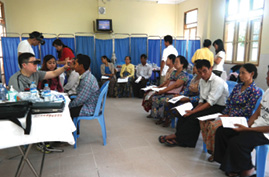
Figure 6. Patients waiting for their turn to be seen by SNEC doctors.
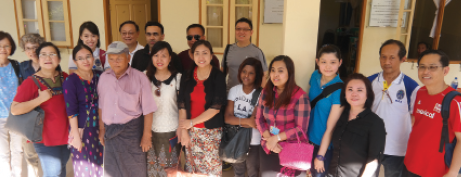
Figure 7. The SNEC team together with the doctors from Yangon Eye Hospital and SingHealth delegates.
Most of the people screened that day were prescribed eye medications and reading glasses, which were bought and donated by SNEC staff. Some individuals who had slightly more complex conditions or who required surgery were referred to Yangon Eye Hospital for further management.
SNEC has been participating in the SingHealth humanitarian yearly outreach program in Myanmar since 2013. To date, about 600 villagers with cataracts, glaucoma, pterygium, and other eye abnormalities and conditions have been screened through this initiative at Kayin Chaung Station Hospital.
sharing MEDICAL KNOWLEDGE
Besides bringing eye care to the needy in the Irriwaddy Delta, the SNEC team also organizes twice yearly visits to the Yangon Eye Hospital and Yangon’s military hospital to conduct subspecialty training and to share medical knowledge and expertise. During these skills-transfer sessions, SNEC doctors provide clinical guidance and consultations for medical cases and participate in clinical teaching workshops for the junior ophthalmologists at these institutions.
These collaboration efforts aim to foster mutual medical knowledge sharing, strengthen the medical skills of the local team from this less-developed region, and, thus, improve the health and well-being of the Myanmar community.


